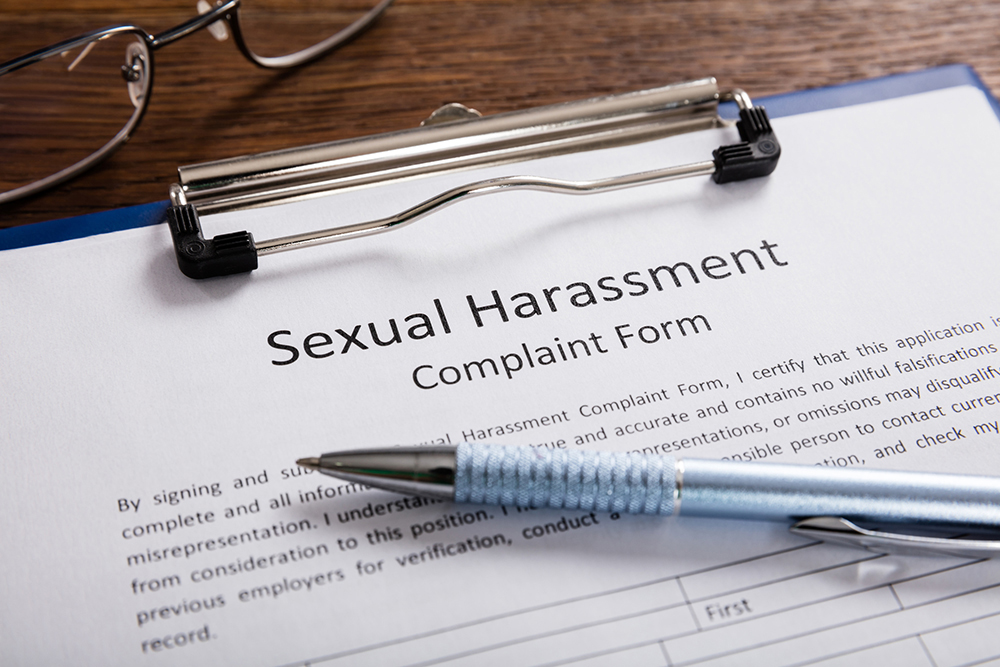Now more than ever, employers are facing difficult decisions about workforce operations. In addition to the time and attention-consuming obligations of on-site safety protocols, remote workforce policies, information and data security, and what to communicate to employees about vaccination rules, savvy employers are keeping up with their evolving expectations on the civil rights front. Last year, the U.S. Supreme Court settled, once and for all, that gender identity and sexual orientation are protected “sex-based” characteristics under federal law in the landmark case Bostock v. Clayton County.
Employers in the education sector have, arguably, even greater expectations under Title IX regulations that went into effect in 2020 and that provide heightened due process protections and grievance procedures for addressing sexual harassment complaints that meet certain thresholds in education programs and activities.
Virtual Environments Can Create Real Problems
Employers have more employees working remotely and online than ever before. This new reality comes with “pros” and “cons,” of which anyone who has participated in a Zoom conference call knows all too well.
Granted, many employers are taking advantage of opportunities to reduce overhead with fewer workers on-site. They might even take the opportunity to table certain priorities, such as annual reviews, so they can focus on the more pressing issues of the day. We caution you, however, against taking too lax an approach on harassment and discrimination policies and training.
In fact, you should brace for increased reports of harassment, discrimination, and retaliation across the board. This might fairly be attributed to shifts in societal norms resulting from the #MeToo movement, ongoing sociopolitical unrest in the aftermath of the most recent election, and anticipation about what’s to come out of the Biden-Harris administration.
In any event, there’s likely to be confusion about employers’ role in addressing harassment, discrimination, and retaliation in remote and online environments. Furthermore, there’s likely to be a disconnect concerning the standards and severity of behavior that warrant disciplinary action.
Tips for Employers
You must be prepared to address harassment and discrimination in virtual environments. Just as an employer is obligated to address discriminatory and harassing behavior in the office and meeting rooms, so too must you confront the actions when they take place in virtual chat rooms and online messenger platforms.
Likewise, your duty to disseminate policies, train employees and managers, and address reports of harassment, discrimination, and retaliation remains in effect during these trying times.
On top of everything else, the task can quickly become overwhelming, whether you are starting from scratch or you already have a robust policy and training system in place. The following list will help you evaluate the strength of your current efforts and identify areas of risk in need of more immediate attention:
- Review workplace policies, procedures, and training protocols to ensure they’re compliant with federal, state, and local laws. For example, definitions of sex-based discrimination must follow the expanded definition under Bostock to include sexual orientation and gender identity. Likewise, examples of prohibited conduct should include behavior applicable to the protected classes.
- Ensure harassment, discrimination, and retaliation policies address behavior prohibited in remote and/or virtual environments. This includes relevant examples of quid pro quo and hostile environment behaviors that may transpire via e-mail, Zoom meetings, or group chats, for example.
- Confirm policies and procedures are disseminated effectively and are reliably accessible to employees and managers. Consider how existing, new, and recently promoted employees are informed and reminded of their rights and obligations under your policies.
- Make sure employees and managers have reliable access to reporting mechanisms. Consider whether reports may be made remotely or after hours as well as how you will guarantee they are promptly funneled to a reliable primary (and back-up) responder.
- Verify employees and managers can access and participate in your grievance process no matter where they may be working. Consider how meeting with an investigator can be effectuated privately and reasonably comfortably at a distance. Consider the frequency and medium of status updates to ensure a reasonable connection with distanced employees.
- Prepare to adapt interim and outcome remedies to fit the unique circumstances of the working environment. For example, an offer to separate adverse parties by changing work schedules may look different when the interaction takes place online.
- Maintain regular training initiatives. Consider how to adopt (or adapt) training that is relevant, effective, and as preventative as possible. This may prove especially challenging when the threshold of actionable “discriminatory” or “harassing” conduct is inconsistent with social and cultural norms, which can vary among and between your constituents. For example, does your training cover how to handle reports of verbal conduct that is subjectively offensive but doesn’t rise to the level of objectively limiting access to the workplace?
- Consider how to meet your legal requirements while balancing your commitment to diversity, equity, and inclusion (DEI). The efforts can be perceived to be at odds with legal thresholds and compliance-based objectives. For example, the Equal Employment Opportunity Commission (EEOC) recommends bystander intervention and civility policies and training as a means of addressing “lower-level” behaviors and preventing them from becoming bigger problems. When the steps are implemented effectively, employees and managers are engaged on the front end and empowered to maintain a safe and productive work environment by holding one another accountable.
Takeaways
No doubt, the pandemic has added layers of complexity to the already controversial topics of harassment and discrimination. A step too far in any direction is likely to land you in the crosshairs of increasingly litigious situations.
Whether you’re looking for general practice tips or guidance on an issue particular to your workforce, we highly recommend consulting an attorney or other qualified expert to ensure you have a workable system in place to meet your employees’ needs in the coming year.
Adrienne M. Martinez is an attorney with the Oklahoma City, Oklahoma, office of McAfee & Taft. She can be reached at adrienne.martinez@mcafeetaft.com.

